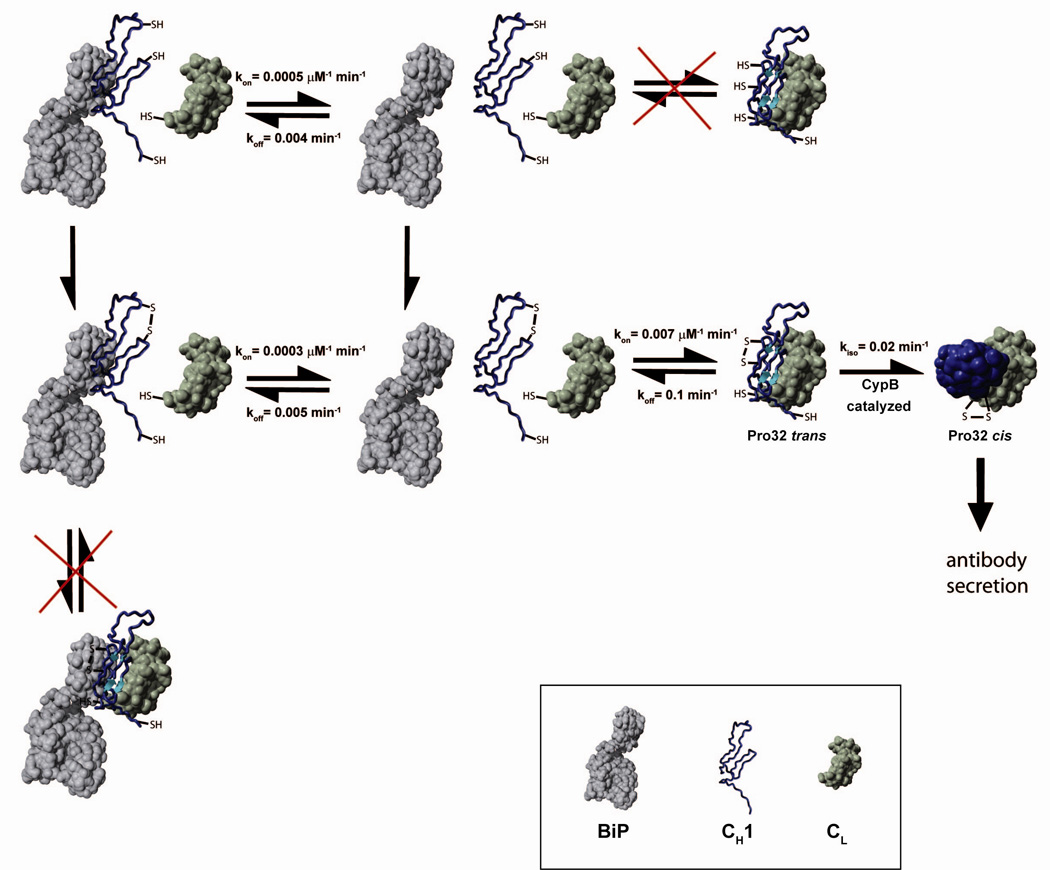Figure 6. A model for the overall IgG secretion control mechanism.

A schematic indicating the possible pathways for the CH1 domain (blue), its folding and assembly in association with CL (green) and BiP (grey) is shown. CH1 has to form its internal disulfide bridge and to be released from BiP before it can associate with CL. In vivo, these processes are tightly coupled and thus cannot be dissected kinetically. Prior to complete folding and irreversible formation of the CL/CH1 interchain disulfide bridge, the proline residue 32 has to isomerize from trans to cis. The isomerization reaction can be accelerated by CyclophilinB. All rate constants were determined at 25°C.
